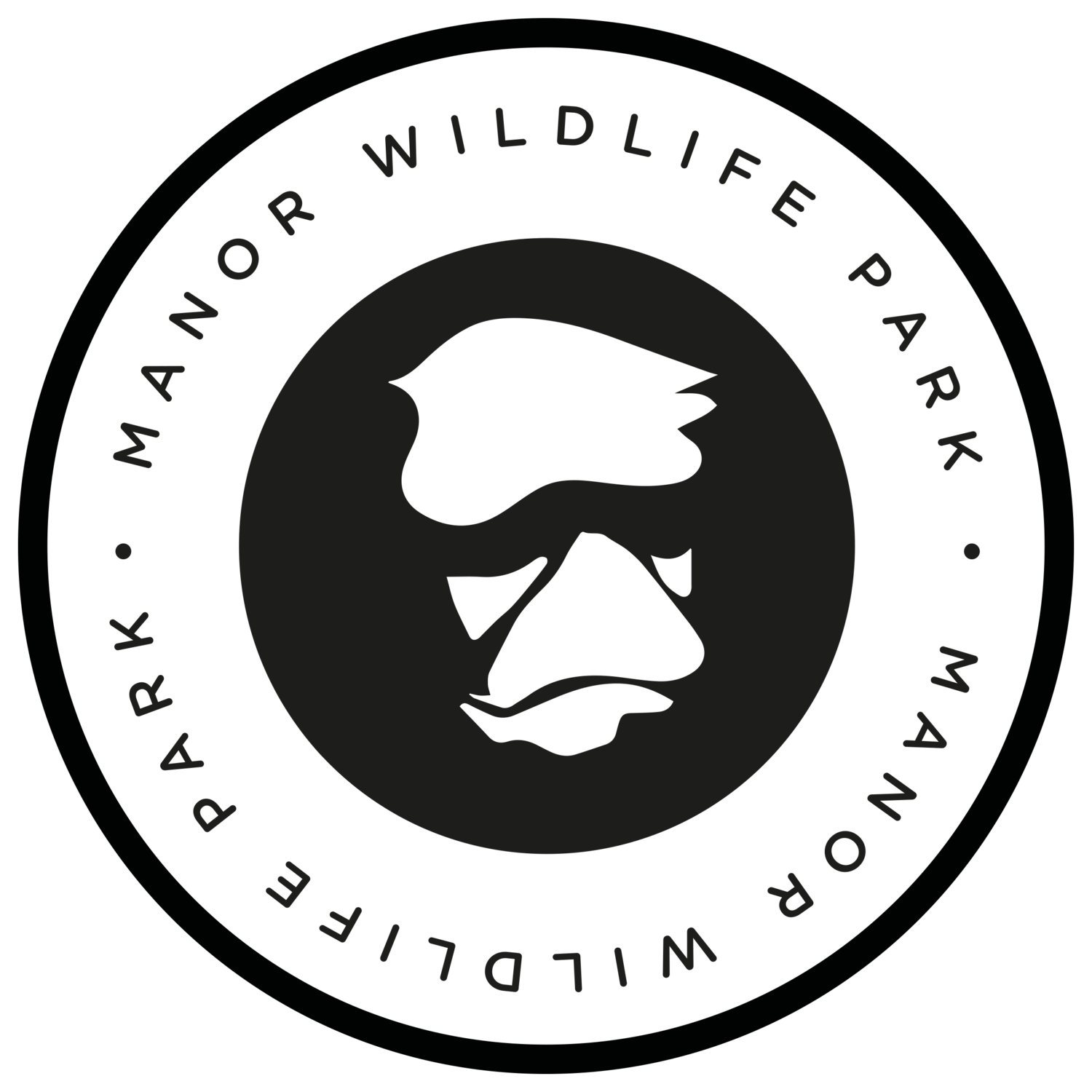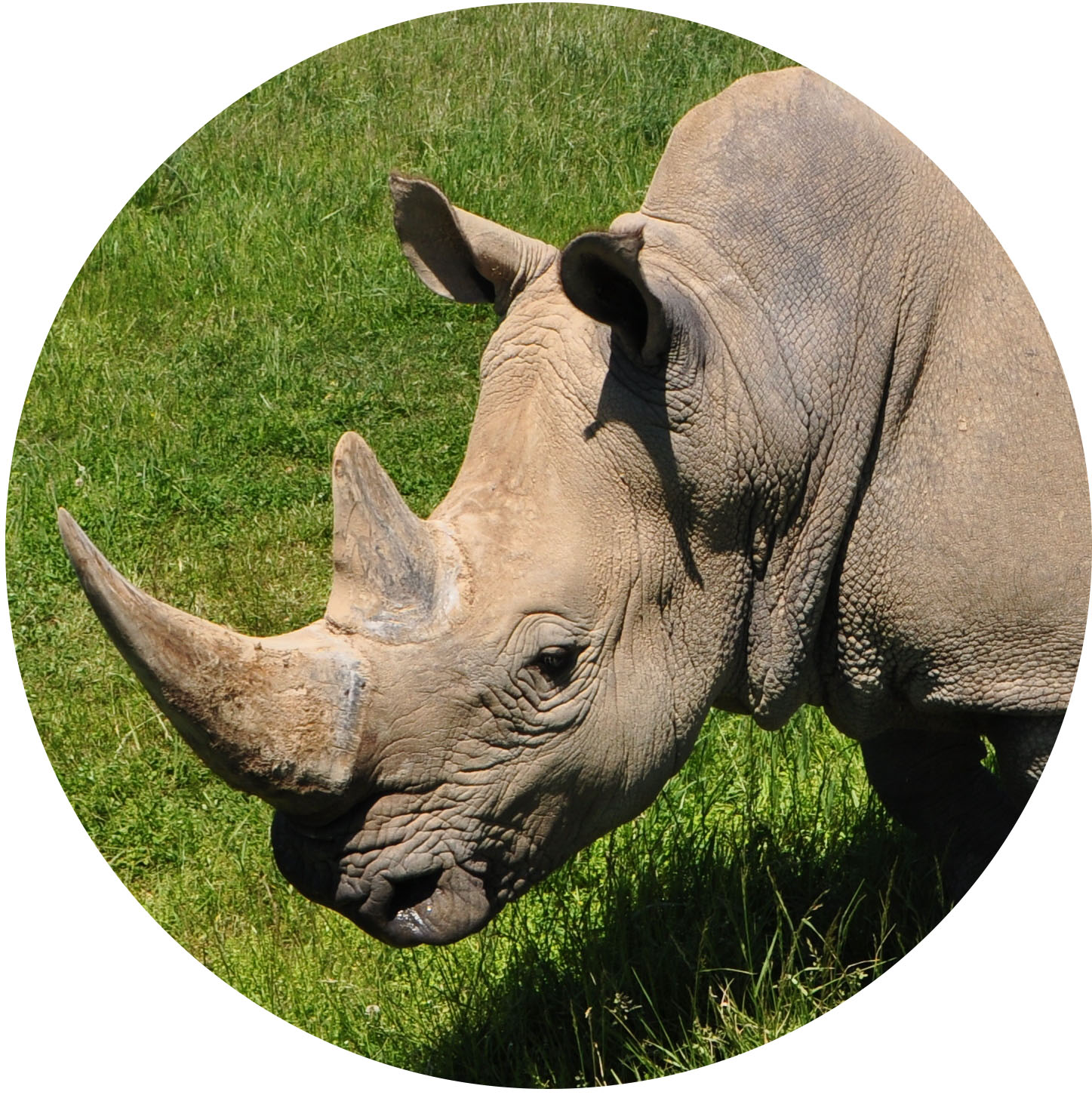STEVE, LISA & BRYN and now DENZEL!
We fondly remember Steve, a much-loved gibbon at Manor Wildlife Park, who passed away in 2021. Steve's life was transformed in 2008 when Colin and Anna took over the park. Prior to that, he had spent seven years in isolation within a small iron and concrete cage. In a stark contrast, under Colin and Anna's compassionate care, Steve was moved to a state-of-the-art enclosure in the heart of a lush, natural forest. This change was not only in his environment but also in his companionship. Steve found a new mate in Lisa, and together they welcomed their baby boy, Bryn, in 2010.
In the wake of Steve's passing, life continues to evolve at Manor Wildlife Park. In 2022, we welcomed a new gibbon, Denzel, from Twycross Zoo. Denzel has since become Lisa's companion, bringing a new chapter of companionship for her.
Meanwhile, Bryn, Steve and Lisa's offspring, embarked on a new journey of his own. In 2022, he moved to Dubai, where he has been settling well with his new family. Bryn's successful relocation is a testament to the international cooperation between zoos and wildlife parks, all aimed at ensuring the well-being and conservation of these wonderful creatures.
In these ongoing changes and new beginnings, we see Steve's legacy continue. His transformative story from isolation to companionship continues to inspire our work at Manor Wildlife Park, as we remain committed to providing the best possible environments for the animals in our care and advocating for gibbon conservation worldwide.
Watch Steve's extraordinary story on Anna's Wild Life
VITAL STATISTICS
Size: Up to 100cm
Weight: 10-14kg
Gestation Period: 230 days
DISTRIBUTION & HABITAT
Siamang gibbons are found in South East Asia, in Peninsular Malaysia, southern Peninsular Thailand and Sumatra.
Their preferred habitat is the tropical rainforest, at elevations between 305 and 1220 meters. They prefer forest areas predominantly made of fig trees, which is one of their favourite foods!
THREATS
Siamang Gibbons are under threat due to habitat loss suffered from deforestation and capture from the pet trade. Agriculture, logging and road development are all destroying the Siamang Gibbons' natural habitats. In Sumatra it is estimated that about 40 per cent of the Siamang's habitat has already been destroyed.
The pet trade is also affecting the Siamang Gibbon population heavily, with the Siamang being the most heavily traded gibbons of all species.






